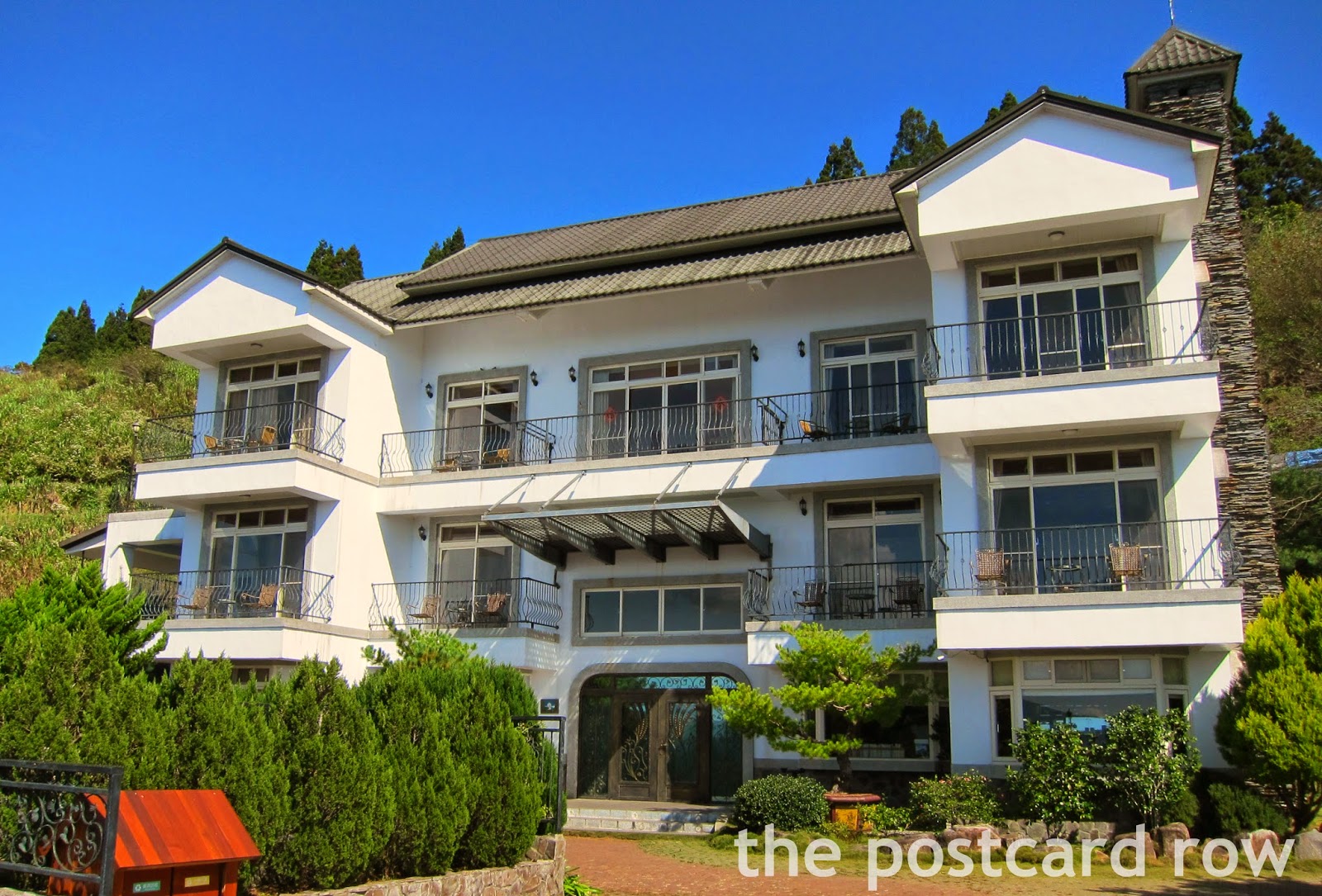Camino Ignaciano: Verdu to Cervera (Day 12)
Day 12: Verdu to Cervera
Stage 10 of the Camino
 |
| A curious sight along the Camino a little past Tarrega -- arrows pointing in separate directions Which one will you take? |
From our hotel in Lleida, we went back to Verdu to resume our camino. On this morning, we had a chance to visit the Church of St. Peter Claver. This saint was a Catalan Jesuit priest born in the 1580s to a prosperous family in Verdu. He later became a priest and settled in Cartagena, Colombia, which was then a center of the African slave trade. There, he cared for the slaves arriving in the port, providing food, giving medical attention, preaching to them and baptizing them. His statue showed him looking compassionately at the black slave by his side. I had never heard of him prior to this trip and I wondered where he got such compassion to care for strangers he did not know, to the point of attending to them personally, treating their wounds and sores with his own hands and mouth. No wonder he is a saint!
 |
| St. Peter Claver's face full of concern for the black slaves |
We started walking, again through fields and vineyards, heading towards the town of Tarrega. Upon passing Tarrega, we stepped onto the main road and into the plains.
Our second stop was at, what our guide called, "the hermit's place". It was a bungalow situated in the middle of nowhere, with no other establishments or village in sight. The place was the residence of a man who makes herbs and tea. Inside the house, various plants hung to dry from the low ceiling while bottles of herbs and boxes of tea were showcased on the shelf along the wall. "Bernau" was the name of the business, as the sign by the door proudly displayed. The packaging of their products were surprisingly professionally done. Definitely not something I expected from a hermit!
The man's son, a handsome looking man around his mid-20s, entertained us. He couldn't speak English, but motioned us to the dried plants. He placed a handful of dried seeds on my palm and instructed me to rub my hands. The lovely aroma of the herb was immediately released as I crushed them. It was amazing!
 |
| Rows of herbs hanging out to dry in the Bernau house |
My companions and I did a little shopping. I bought a small bottle of herbs for cooking fish and pasta and a box of tea. I didn't know what kind of tea it was. The label said "Pollo Menta", which I thought would make me smart (I thought 'menta' stood for brain), but the son said that it was good for the stomach after a meal. Later, I used Google Translate and learned that it was peppermint.
Outside the house, there was a small stream and the family dog was there. It was a friendly black Labrador named Ann. I was able to pet her and have a picture with her. When everyone else was asking for a picture with the handsome son, I asked the handsome son to take a picture of me with his dog. Hahaha! I'm glad he obliged. :)
After the "hermit's place", I skipped the last leg. I lacked sleep and was feeling dizzy. At that point, I had already walked 11 kilometers -- not too bad and well within my self-imposed target of at least 10 km per day. Prior to the trip, I was so keen on wanting to complete the whole camino by foot. The welcome letter sent by the tour agency struck me because it began with the words, "Know your limitations!" Indeed, I think I was learning during this trip to honor my body, giving it a balance of both challenge and rest, and to let go of any unhealthy fixation in the pursuit of goals, learning instead to be more flexible and accepting of surprises and changes encountered along the way.
Those of us who skipped the last leg arrived by bus in Cervera. The town was accessible by climbing several steps uphill and passing through a narrow passageway. Up there, a self-contained community, with narrow cobble-stoned streets, quaint shops and a spacious town plaza greeted us.
 |
| Reaching Cervera through this tiny passageway. Our guide Ignacio waits for us at the entrance. |
While waiting for the other pilgrims to arrive, Dit and I spent time roaming the streets. Here, the houses faced each other, with their antique wooden doors on the ground floor and balconies with wrought iron railings on the second and third floors. And of course, what Spanish town would be complete without a church? The Eglesia de Sant Agusti, which was originally a convent for the Augustinians founded in 1362, stood in the middle of a row of stores and houses, its imposing structure looking cramped in that narrow alley.
 |
| The grand arched doorway and circular stained glass window of the Eglesia de Sant Agusti in the midst of the ordinary |
Finally, the rest of the group arrived and we gathered at the town square where we rested with a glass of wine and some snacks. Oh, how I love the slow and relaxed Spanish afternoons!
After resting, we headed back to the bus and proceeded to Montserrat!
After resting, we headed back to the bus and proceeded to Montserrat!


Comments
Post a Comment